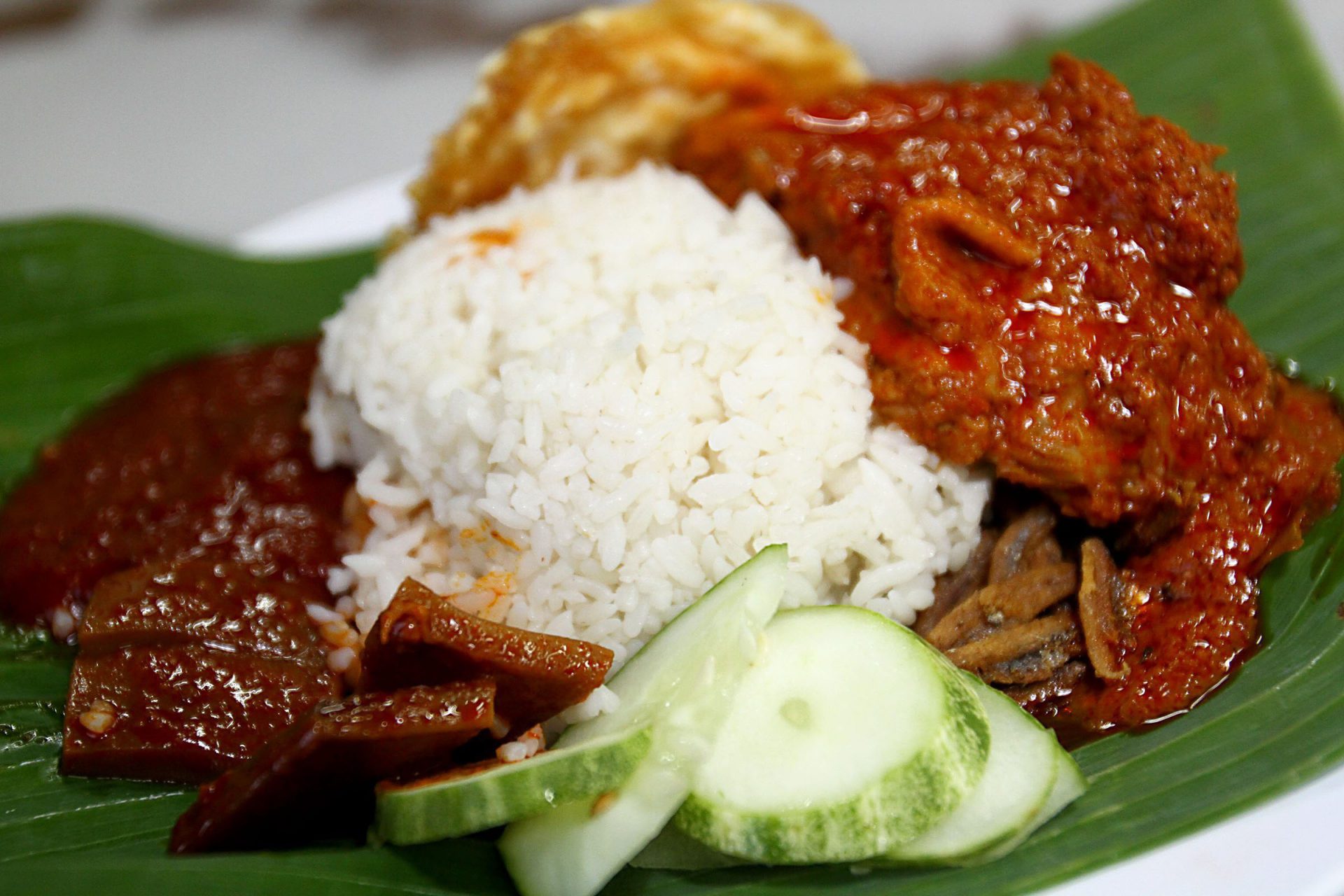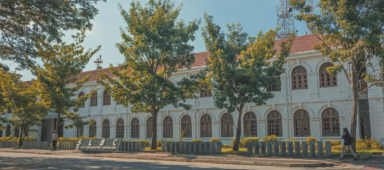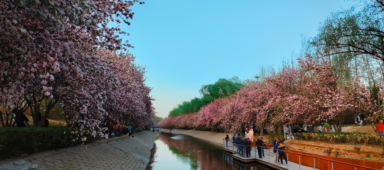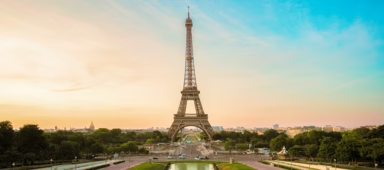In celebration of Malaysia Day, we take a deeper look at the symbols that represent Malaysia
1. Malayan tiger
Representing strength and courage, the Malayan tiger is a distinct subspecies from other Asian tigers. As such, the national animal of Malaysia is also known as panthera tigris malayensis. It features prominently in many of the national insignias including the coat of arms, which sees two Malayan tigers supporting and guarding the shield.
It is also represented in the emblems of the Royal Malaysia Police, Maybank, Proton and Football Association of Malaysia. Locally known as harimau, it also goes by the nickname Pak Belang (Uncle Stripes), particularly in folklore. Unfortunately, time is running out for the endangered species, with WWF predicting that it may be extinct in the next five to 10 years if drastic measures are not taken to protect them against poachers.

2. Hibiscus
It’s hard to imagine Malaysia’s national flower being anything other than the hibiscus. Yet, in 1960, the hibiscus, or bunga raya as it is locally known, wasn’t even one of the finalists for the honour. As the story goes, there were seven flowers proposed, including the hibiscus. At the end, it was between the rose and jasmine, each preferred by those living on the East Coast and West Coast, respectively. But Tunku Abdul Rahman, the country’s first Prime Minister, chose the hibiscus based on the fact that it can be commonly seen across the country and also for its diversity in shape and colour. Officially, the red hibiscus is the national flower, the colour symbolising political and economic stability. The five petals represent the five principles in the Rukun Negara and its diversity in shape, colour and sizes signifies the country’s multicultural society.

3. Wau bulan (“Moon kite”)
These unique and inherently local kites feature on the reverse side of a version of the Malaysian 50 cent coin released in 1989. Popular in east Malaysia, the wau bulan was traditionally flown by men in Kelantan and was said to help ward off birds from the paddy fields. There are different types of wau besides the wau bulan, including wau kuching (cat kite) or wau merak (peacock kite). The Malaysia Airlines logo was also inspired by the wau bulan.

4. Rhinoceros hornbill
With its huge bill and casque of orange and red, predominantly black plumage and white tail and feet, Malaysia’s national bird is one of the largest hornbills in the country. At a height of 80 – 90cm and with a wingspan of 150cm, the rhinoceros hornbill is one 10 species of hornbills recorded in Malaysia. The natives of Borneo, the Dayaks, believe that the rhinoceros hornbill is the supreme worldly bird and serves as an intermediary between our world and the god of divine birds, the Singalang Burong. The rhinoceros hornbill is also the state bird of Sarawak and can found on the reverse side of the RM5 bill.
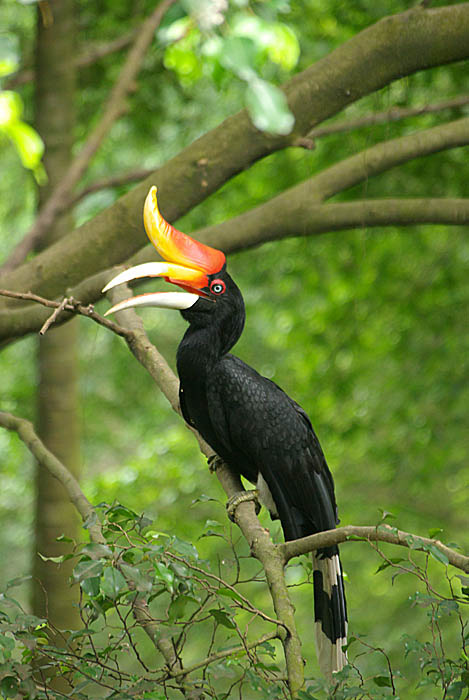
5. Jalur Gemilang
The Jalur Gemilang was officially introduced to the world on 31 Aug, 1957, when the Union Jack was lowered and the Malayan flag was hoisted up, signalling the country’s independence. It was designed by Mohamed Hamzah, a 29-year-old architect from Johor who entered the Malayan flag competition and won through a public vote. The 14 horizontal stripes as well as the 14 points of the star represent the number of states and federal territories in the country. The stripes also symbolise the equal status of the states while its red and white colour signify courage and purity. The dark blue canton represents the unity of people of Malaysia, the crescent symbolises Islam, the official religion of Malaysia and the colour yellow signifies the country’s rulers. It was only named Jalur Gemilang 40 years later, in 1997, on the 40th anniversary of the country’s Independence.
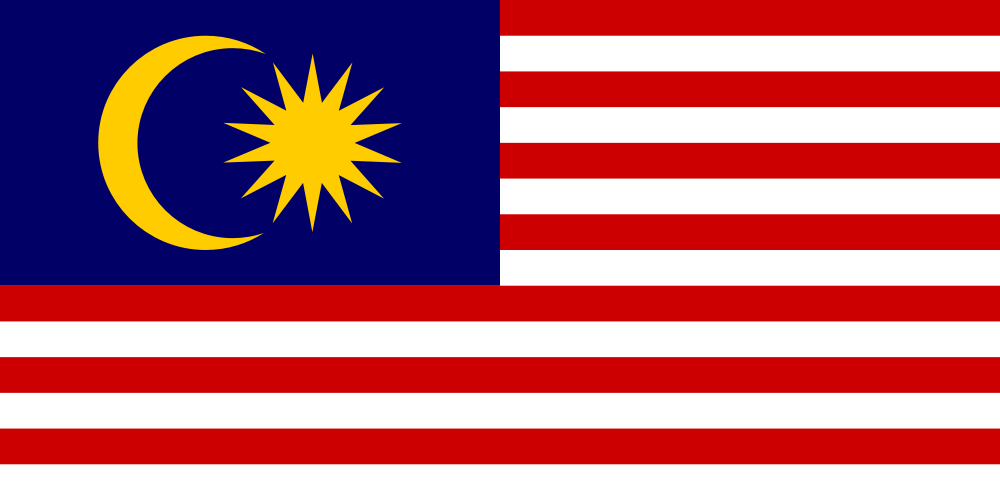
4. Multicultural costumes
While there is no official national costume in Malaysia, the country’s multiple races each have their own traditional attire, which together expresses the country’s identity. Usually worn during important events and major festivals, the popular costumes include the baju melayu and baju kurung which are worn by Malay men and women, respectively; the cheongsam worn by Chinese women and also the saree and kurta, which is donned by Indian women and men, accordingly. Also common is the sinuangga and tapi, which is worn by Kadazandusun women.
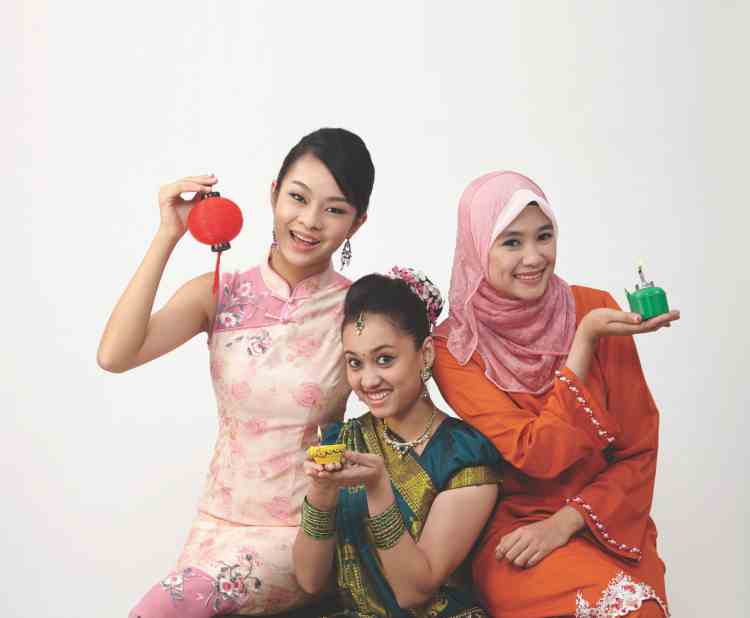
5. Nasi lemak
Even though it’s not official, ask any Malaysian and they will likely appoint the nasi lemak as the national food of Malaysia. The steamed coconut rice served with spicy sambal and complemented by fried anchovies, groundnuts, full boiled egg and sliced cucumbers is an all-around favourite. Enjoyed anytime of the day, the traditional Malay dish has even inspired many variations including Malaysian Chinese and Indian versions as well as vegetarian nasi lemak. More fascinating nasi lemak-inspired dishes include the burger and even ice cream.
